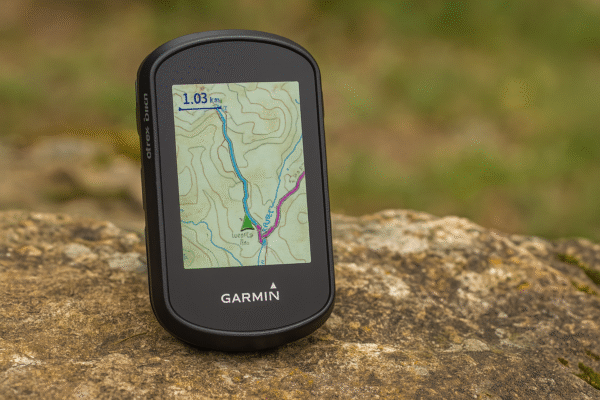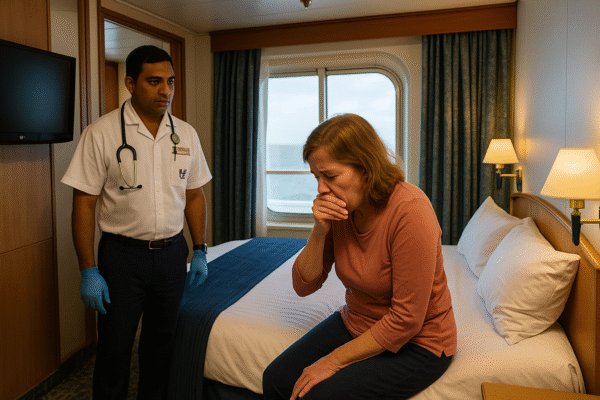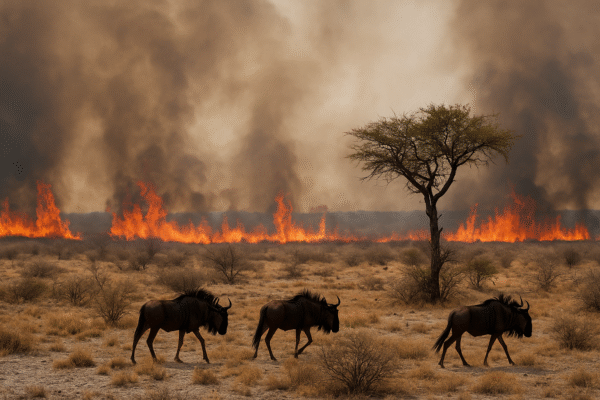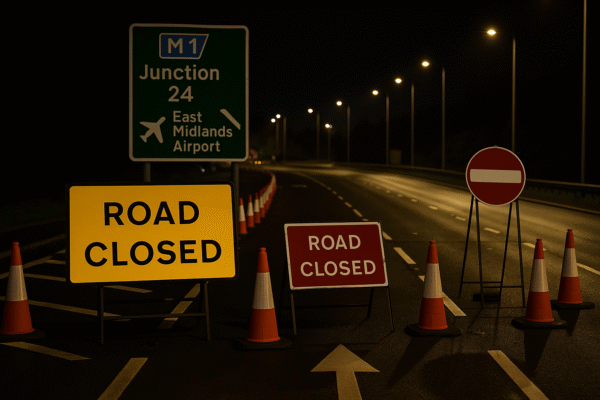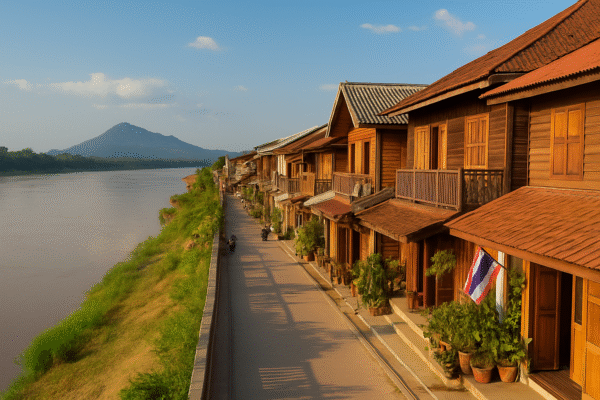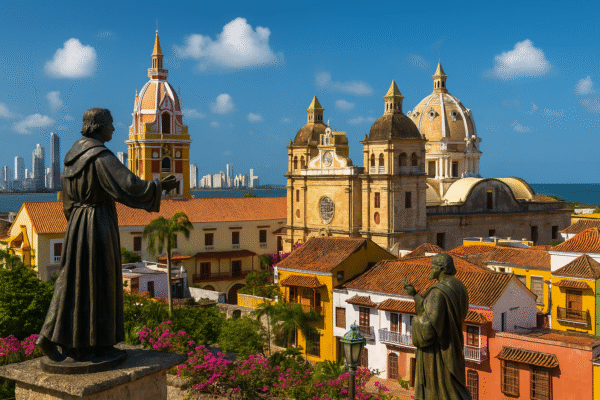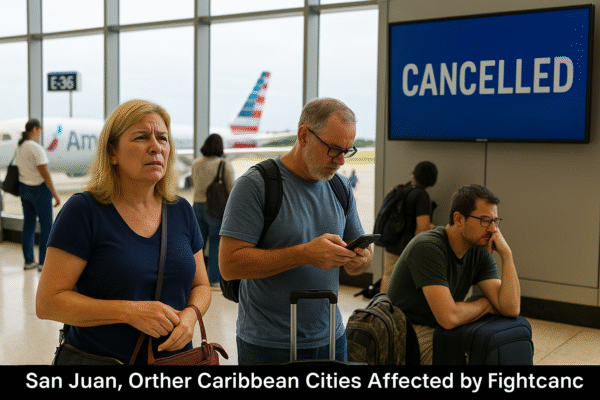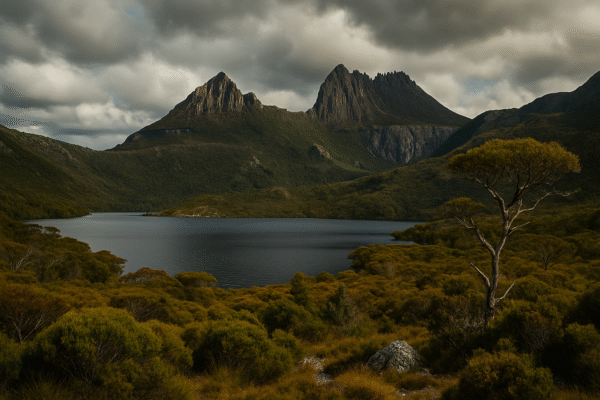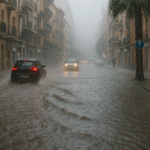Cradle Mountain in Tasmania remains one of Australia’s most iconic natural attractions. Its alpine trails, rugged peaks, and pristine lakes draw thousands of visitors every year. Yet as tourism grows, so does the risk of accidents in the mountain’s harsh conditions. A recent tragedy has placed safety at the forefront, forcing authorities to reconsider how best to prepare visitors for this challenging environment.
Cradle Mountain’s Harsh and Unpredictable Conditions
The national park’s appeal lies in its wilderness. But its alpine climate can shift in minutes, from calm sunshine to icy winds and rain. Many visitors underestimate this volatility, often arriving without the proper gear or knowledge.
A tragic incident involving a group of Chinese hikers highlighted these dangers. They were caught in extreme conditions, leaving one traveler dead from suspected hypothermia. Emergency crews battled the weather to rescue survivors, underscoring how quickly a scenic hike can turn deadly.
For both authorities and tourists, the incident served as a painful reminder: preparation is essential when visiting Tasmania’s alpine regions.
Current Safety Measures in Place
Tasmania’s Parks and Wildlife Service (PWS) already provides important guidance to visitors.
- Prominent warning signs at entry points remind hikers to expect rapid weather changes.
- The PWS website advises packing waterproof jackets, sturdy boots, food, and water.
- Orientation sessions help visitors understand the basics of hiking safely in the park.
- Shuttle services reduce private car use in high-risk zones and lower congestion around popular sites like Dove Lake.
Despite these measures, the tragic accident revealed gaps in awareness and preparedness.
Government Response After the Incident
Tasmanian Premier Jeremy Rockliff pledged stronger efforts to keep visitors safe. The government is now considering several enhancements:
- Advanced weather monitoring across hiking routes.
- Increased ranger presence to guide and supervise tourists.
- Compulsory safety briefings before starting popular hikes.
These measures aim to ensure visitors know the risks, understand conditions, and carry essential equipment. The government recognizes that information must be more accessible and practical for international travelers who may be unfamiliar with alpine climates.
Enhancing Visitor Experience Alongside Safety
Improved safety will complement ongoing tourism developments. The Cradle Mountain Visitor Experience Master Plan, launched in 2016, aims to balance tourism growth with environmental preservation.
A key feature is the new visitor centre outside the park’s boundary. This facility provides essential orientation, safety updates, and details on weather conditions before visitors set foot on the trails. The relocation also reduces congestion and environmental pressure within the park itself.
The master plan emphasizes sustainability, ensuring that tourism development benefits both visitors and the natural environment.
Sustainable Transport Through Shuttle Services
A major innovation in the plan is the shuttle bus network. These buses connect the visitor centre with major trailheads, including Dove Lake.
The benefits are significant:
- Reduced traffic inside the park.
- Lower emissions compared to private cars.
- Improved safety, since tourists avoid driving during fog, rain, or snow.
By adopting sustainable transport, Tasmania protects its wilderness while making the park safer for hikers and day-trippers.
The Future of Cradle Mountain Tourism
Tasmania aims to position Cradle Mountain as a world-class destination for nature tourism. But growth must be managed with care. Rising visitor numbers demand better infrastructure, stronger safety enforcement, and greater education for tourists.
Future developments may include digital apps providing live updates on trail conditions, multilingual safety briefings for international visitors, and more ranger-led guided hikes. These steps would improve safety while enhancing the visitor experience.
Lessons for Tourists
Visitors must also take responsibility. Authorities urge all hikers to follow key guidelines:
- Pack weatherproof gear regardless of conditions at departure.
- Carry maps, food, and water, even on short hikes.
- Avoid underestimating alpine terrain, where conditions change rapidly.
- Use shuttle services to reduce risk and environmental impact.
Tourists who prepare well not only protect themselves but also ensure the park remains safe and welcoming for others.
Conclusion
Cradle Mountain’s beauty is undeniable, but so are its risks. The tragic loss of a tourist has pushed Tasmania to act, combining stronger safety measures with sustainable tourism planning.
With improved visitor facilities, compulsory safety education, and eco-friendly transport, the state is building a safer and smarter framework for tourism. Travelers worldwide will continue to flock to Cradle Mountain. Thanks to these efforts, future generations can experience its wilderness more securely, with both safety and preservation guiding the journey.
For more travel news like this, keep reading Global Travel Wire


